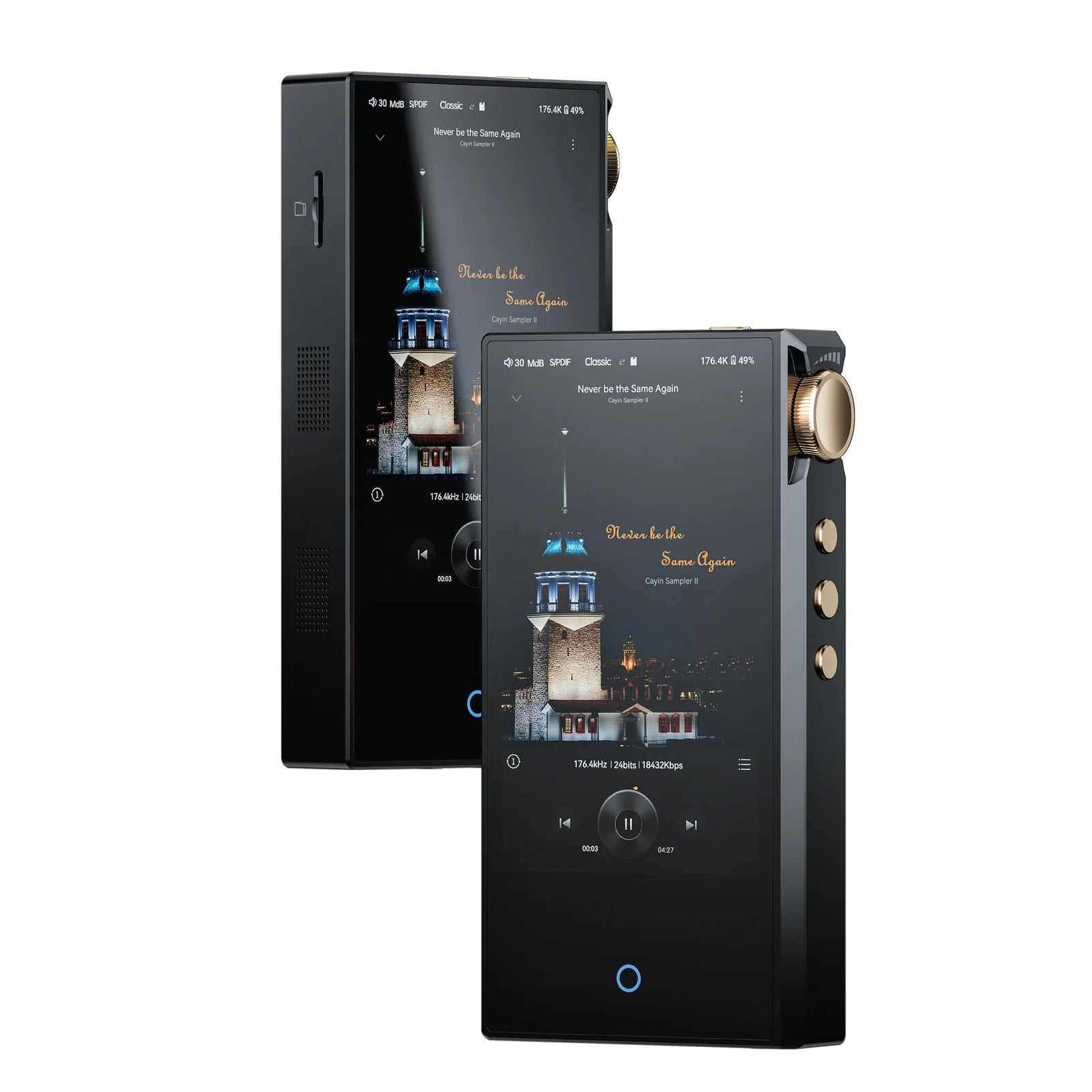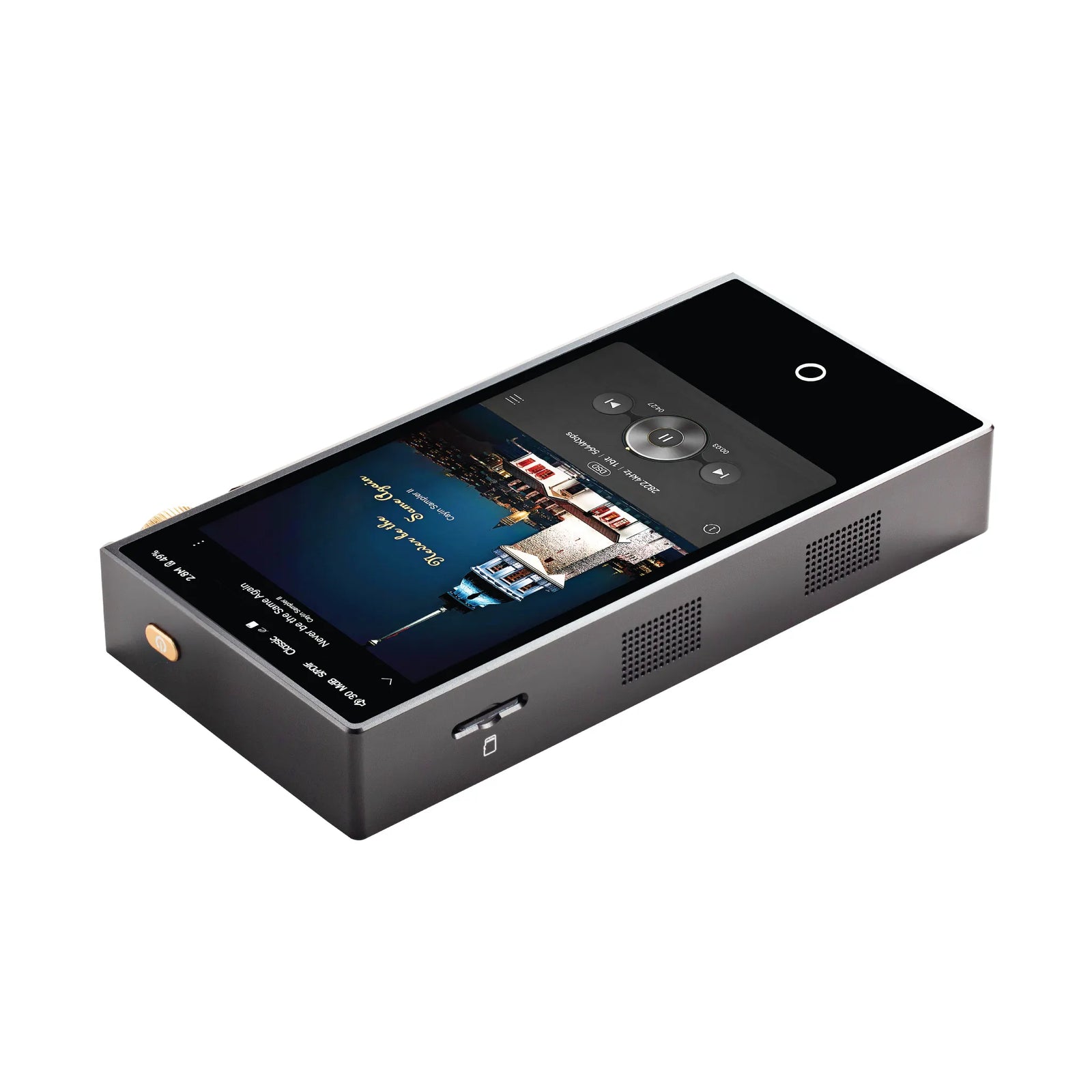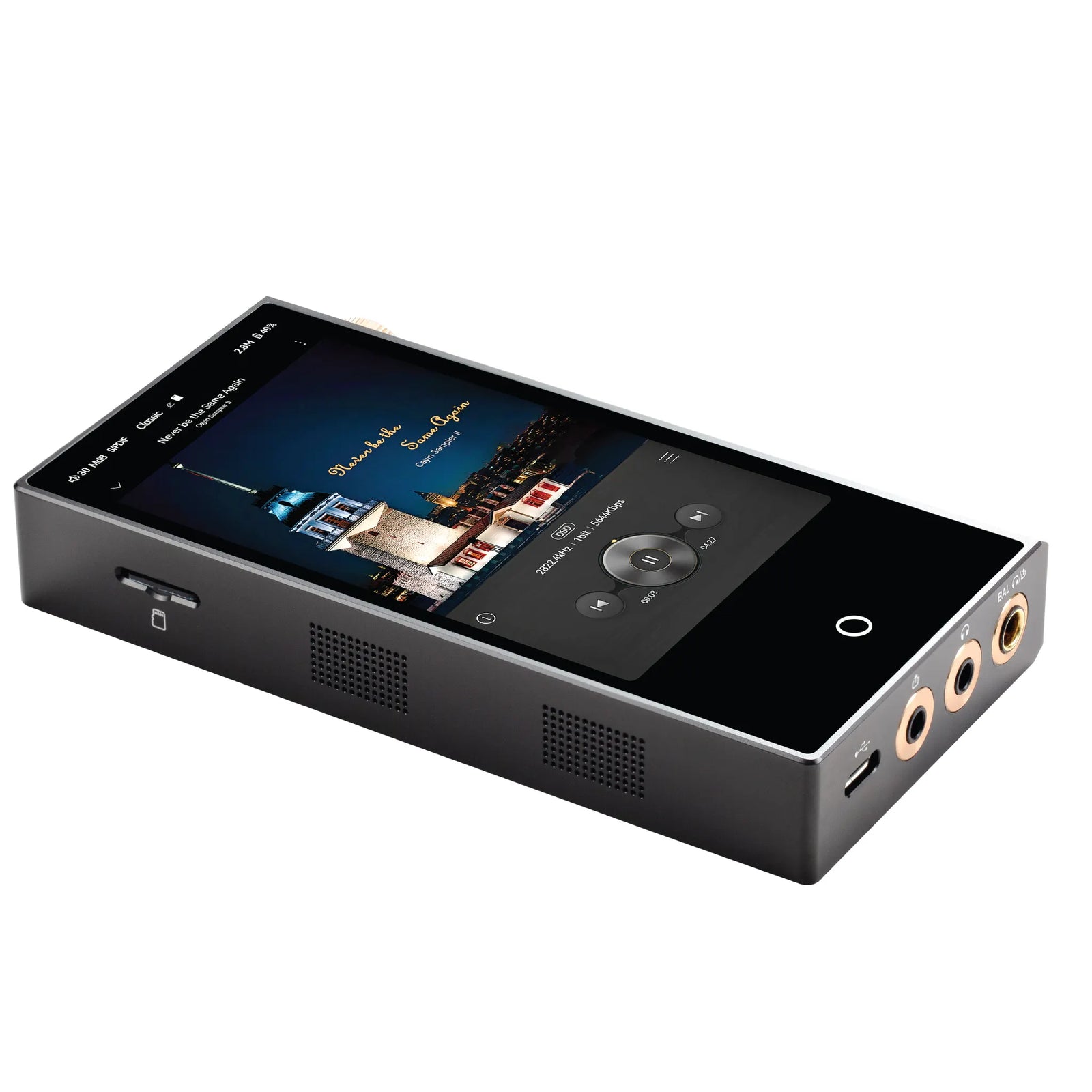




A major advancement in the batter against microphonic
The N3Ultra continues to use a pair of NOS vintage tube JAN6418 from Raytheon for the vacuum tube timbre. Although Cayin has not used this tube in other products over the years, the optimization of the circuit and structure for better utilization of this tube in portable products has never ceased. The JAN6418 is also one of the very few vacuum tubes that can be used in battery-powered portable products, given the various limitations of portable products on heat generation, power consumption, and power supply. However, its disadvantages are also very clear, namely its susceptibility to microphonic effects and poor resistance to interference from wireless signals.
On the N3Ultra, the JAN6418 is encased in a custom-molded silicon housing and installed on the left side of the DAP. It integrates into the chassis with a suspension structure, achieving comprehensive stress relief for the tube's filament. Meanwhile, Cayin's engineers have further upgraded the circuit architecture originally used for the N3Pro. By introducing an appropriate amount of inter-stage loop NFB to further inhibit the closed-loop gain, and employing FET to control the power supply of the vacuum tube, we can deliver a significant improvement in the stability of the operating current of the tube filament.
With the refinement and upgrade in structural installation and circuit architecture, the N3Ultra has effectively overcome the microphonic effect of the JAN6418. When users select one of the two vacuum tube timbre in the N3Ultra, whether walking with it in hand, carrying it in a backpack, or even during jogging which might involve vigorous shaking, the microphonic effect will not impact the music experience.
These features are open for audiophiles to verify in practical listening and usage. However, due to the physical structure of the JAN6418, unconventional scenarios like tapping the left side of the device with a finger or physically knocking it against a table surface can still produce a relative microphonic effect.
Gen3 Vacuum Tube Circuit: Taking JAN6418 Implementation into Another Step
Like the N3Pro, the N3Ultra offers two types of tube timbres: Classic (like the N3Pro’s triode circuit connection) and Modern (like the N3Pro’s ultra-linear circuit connection), providing an easier-to-understand nomenclature that highlights the tonal differences between the two circuits. The Classic timbre is thick, and warm, with rich overtones, best suited for vocal performances but weaker in dynamics and transients. The Modern timbre has a more open soundstage, with stronger extension at both ends and linearity. Thus, the naming follows the same definition as the N30LE, indicating consistency in sound presentation.
In its overall circuit architecture, the N3Ultra achieves a comprehensive application of tube timbre, allowing for the adjustment of the two tube timbres on both 3.5mm/4.4mm headphone output and 3.5mm/4.4mm line level output, marking a significant functional upgrade from the N3Pro.
Additionally, whereas the tube output power on the N3Pro was nearly half that of the solid-state output, the N3Ultra maintains equal output power for both tube and transistor timbres. This is the result of years of Cayin engineers’ research into the application of this tube circuit. We have changed the application of the JAN6418 in the N3Ultra circuit by using it as a low gain voltage amplification device (previously used as a BUFFER in the N3Pro without gain amplification), and incorporating a hardware analog volume controller to suppress the inherent noise of the tube.
However, it is important to note that the JAN6418 is a single-channel tube, with one tube handling only one audio channel. In the N3Ultra, when using the tube timbre for balanced output, the signal from the timbre circuit is inverted and serves as an inverted phase before feeding into subsequent amplification stages. Strictly speaking, the 4.4mm balanced headphone and line output are balanced driven, but this is not a fully balanced circuit from DAC to LPF to amplification. Conversely, the transistor timbre maintains a fully balanced process throughout.
Some users might wonder, "why only two vacuum tubes are used in the N3Ultra and not four?"
The JAN6418 tubes, produced mainly in the late 1970s and early 1980s, have relatively poor consistency compared to modern products. Using vacuum tubes in audio products requires testing and pairing before they can be used in the same device. The process of pairing two or four tubes results in a very low yield rate. Moreover, considering the need for the N3Ultra to be compact, lightweight, portable, and easy to operate, and to incorporate anti-vibration structures for mitigating the microphonic effect, it is physically impossible to accommodate four tubes within the N3Ultra. Therefore, the only practical solution is to use signal inversion for balanced transmission and amplification. We rather tell you the truth and assure you that we have done all we can to deliver a solution that is properly engineered, and practical for its designated purpose.
Specifications


What's in the box






